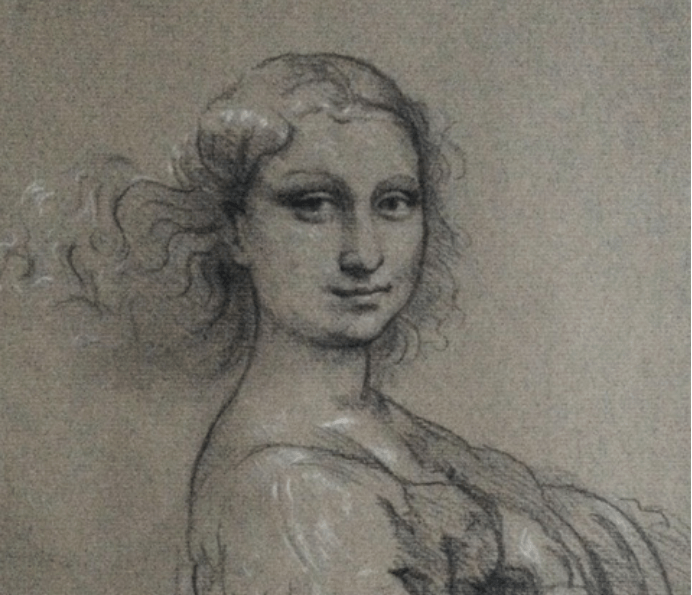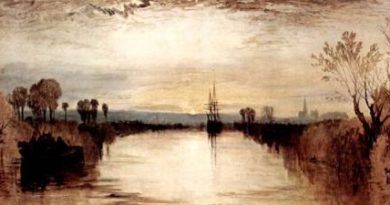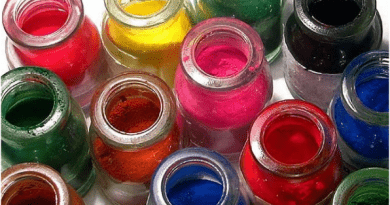LEONARDO DA VINCI Painting Techniques
2019 is Leonardo da Vinci’s 500th Anniversary. In the articles and videos that follow on this page, Leonardo specialist and artist Mark Balma explores Leonardo’s painting materials and techniques. Mark Balma’s portraits include four U.S. Presidents and two paintings in the Vatican’s permanent collection. His fresco murals can be found in the Museum of Spiritual Art, Assisi, Italy, the Cathedral of Saint Paul, Saint Paul, Minnesota and the University of St. Thomas Minneapolis Campus, Minnesota. Watch for a BBC special to be taped in April where he will be discussing the technique of Leonardo da Vinci.
As we celebrate the 500th anniversary of Leonardo in 2019 there are many exhibitions and symposiums on his drawings and paintings. There is however very little information by example of his practical working methods. Even his Leonardo’s Treatise on Painting is written mostly
about visual observations of the natural world. Very little is known of his actual studio practice.
Salvator Mundi painted by Mark Balma using the elusive and refined technique of Leonardo. Watch the multiple layers!
From age sixteen Mark Balma has been interested in the works and working methods of Leonardo da Vinci. His lifelong study has brought great understanding in the working methods of this great master. Oil techniques that are in common practice today originated with Leonardo and his unique technique in the 15th century. Balma has had the unique opportunity through the years to visit restoration laboratories of the great museums and speak directly with conservators who worked directly on Leonardo’s paintings.
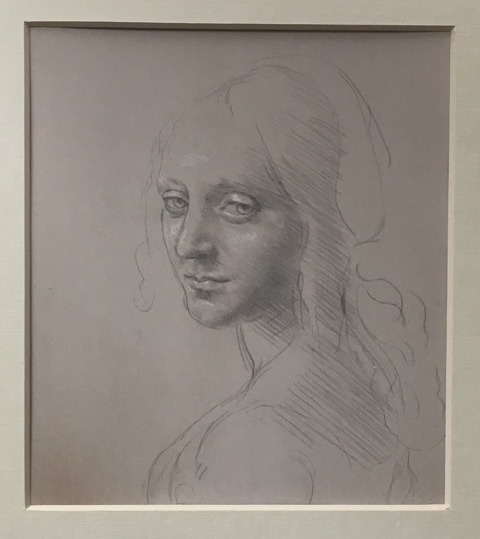
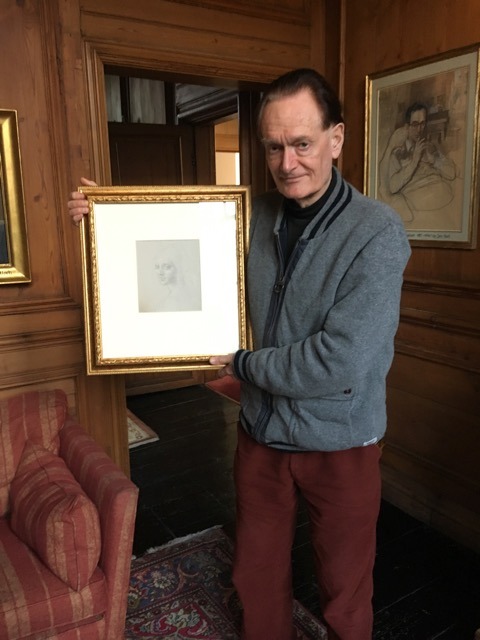
Like his revolutionary designs for machines and his understanding of the human anatomy Leonardo’s painting technique developed over decades. His early works as a student in Florence are very different that the later works painted in Milan and then finally in Amboise France at the end of his life.
One important element of Leonardo’s method was his great understanding of light. This focus helped him refine an approach to oil painting very different than his contemporaries. It was common practice of the day to paint on toned grounds or imprimatura. Leonardo preferred a white ground to allow the light to pass through his transparent colors and then reflect back to the viewer from the brilliant white ground which lie beneath. Artists of his day generally diluted their oils with more oil which ultimately affected the yellowing and restricted the number of layers one
could paint. Leonardo introduced a solvent, namely Lavender Spike oil, to dilute and apply his thinned oils ground in walnut oil to his brilliant white gesso. Today many artists use turpentine which became common practice in the 17th century. There are often twenty layers of color application to his complex rendering of light and shadow. In addition to grinding his colors in walnut oil a small drop of amber resin cooked in oil was added to each small nut of paint. The same varnish that was used by violin makers like Stradivarius to seal the wood of his violins. Leonardo was good friends with a lute maker and was an accomplished musician himself and that is probably where he got the inspiration to add this resin to his colors.
Making paints….
The colors properly ground in walnut oil with added resin were then applied carefully diluted with lavender spike oil with a small round brush as was his practice being trained first in egg tempera. There were no big flat brush with loads of paint spreading it around. He approached a painting like he would dissect the human figure, with utmost care and precision. Imagine a #1-#3 size sable brush. He painted 12 paintings in his life and the Mona Lisa alone took him five years. He kept patrons and connoisseurs waiting for his completed works for years, many of them gave up and he soon had the reputation of never being able to complete and deliver his commissions.
Many think Leonardo’s works are too fragile to clean or retouch due to this refined technique of repeated glazing and scumbling, but this is not true. In fact the amber resin protected the colors from being easily damaged or removed. This method of painting brings great depth and saturation to colors so that at the completion a light varnish, if any, to complete the work.

